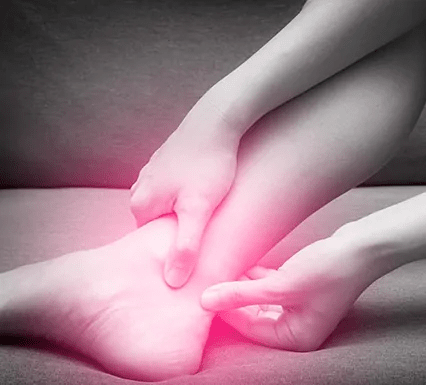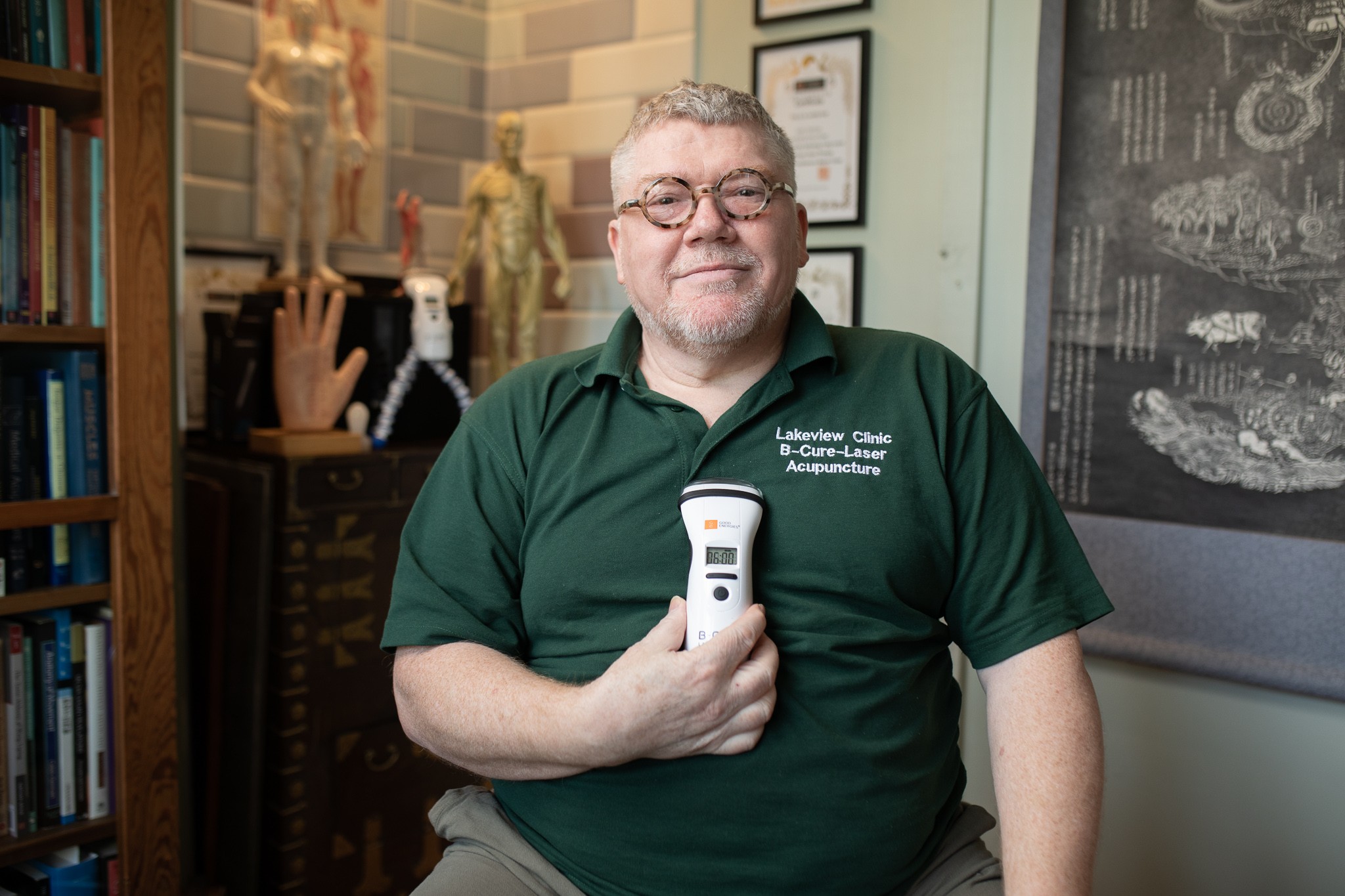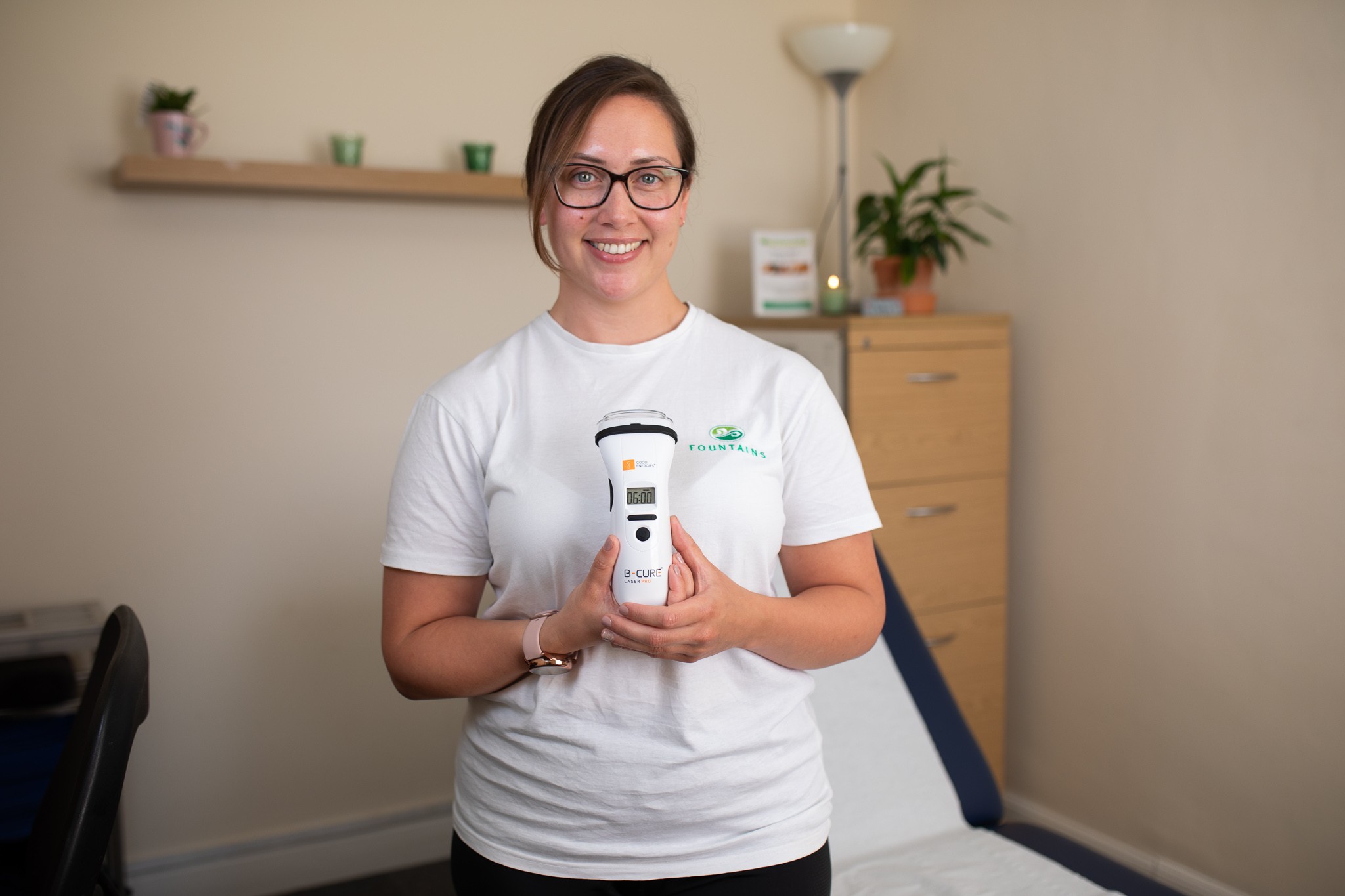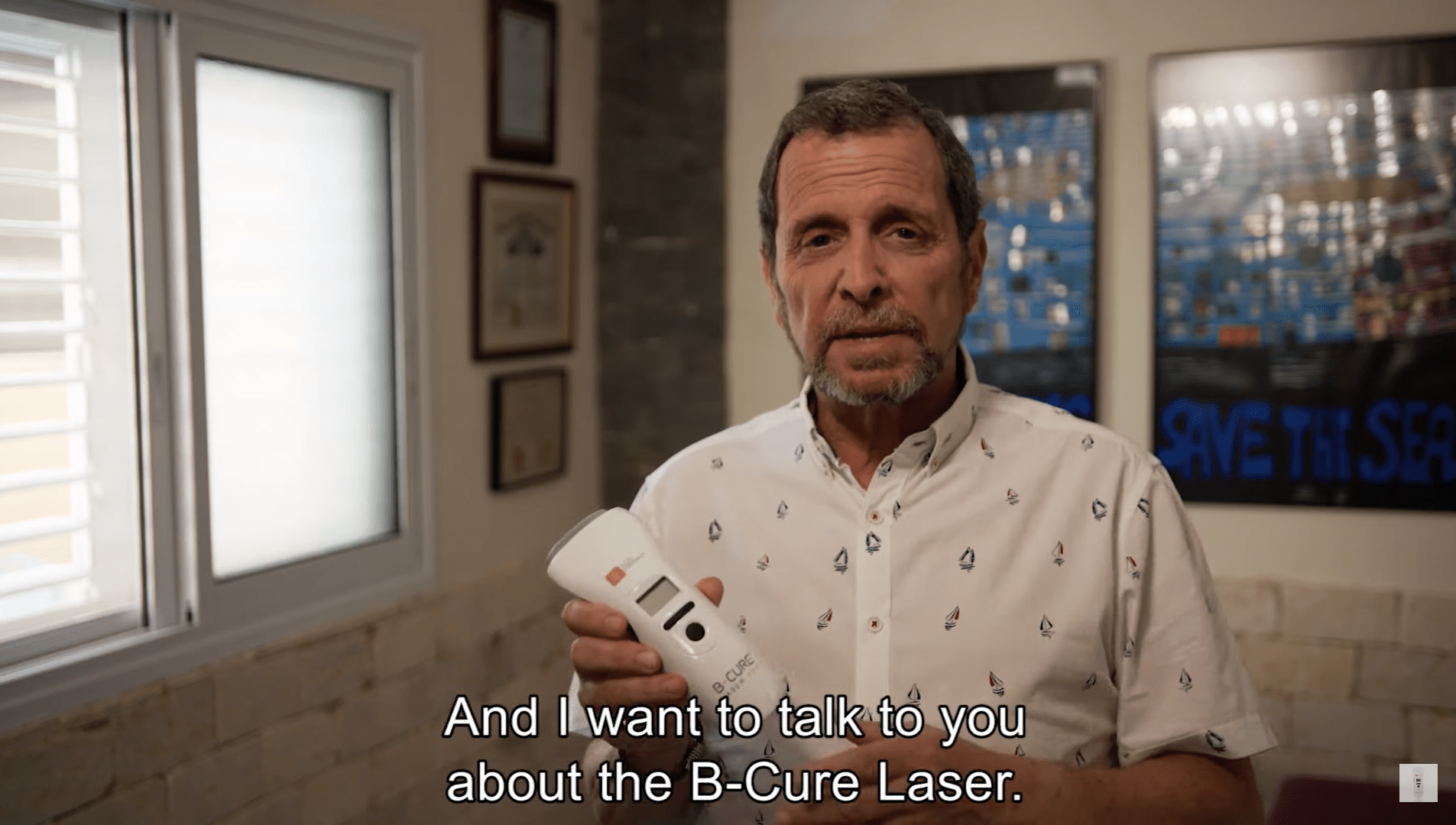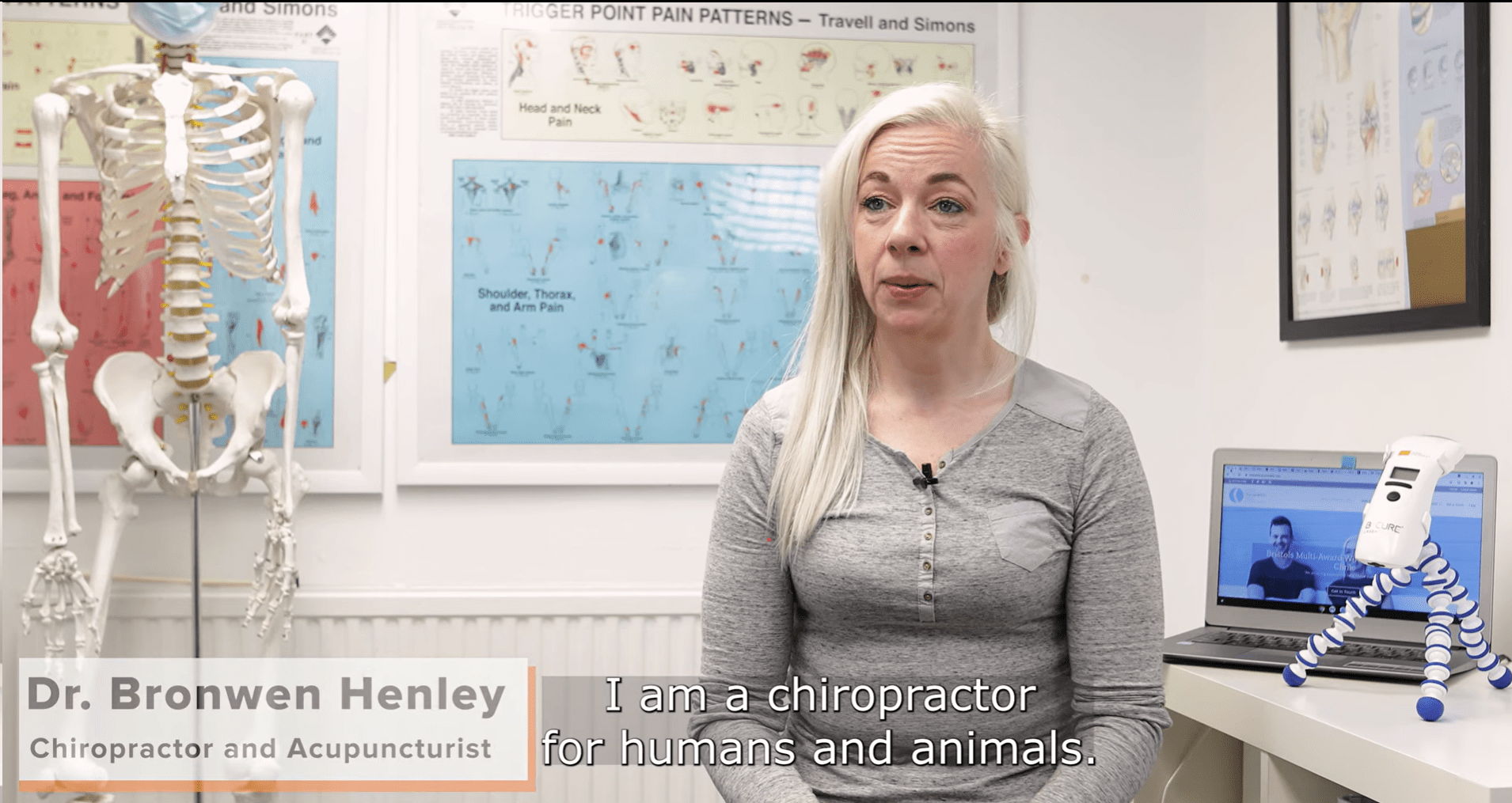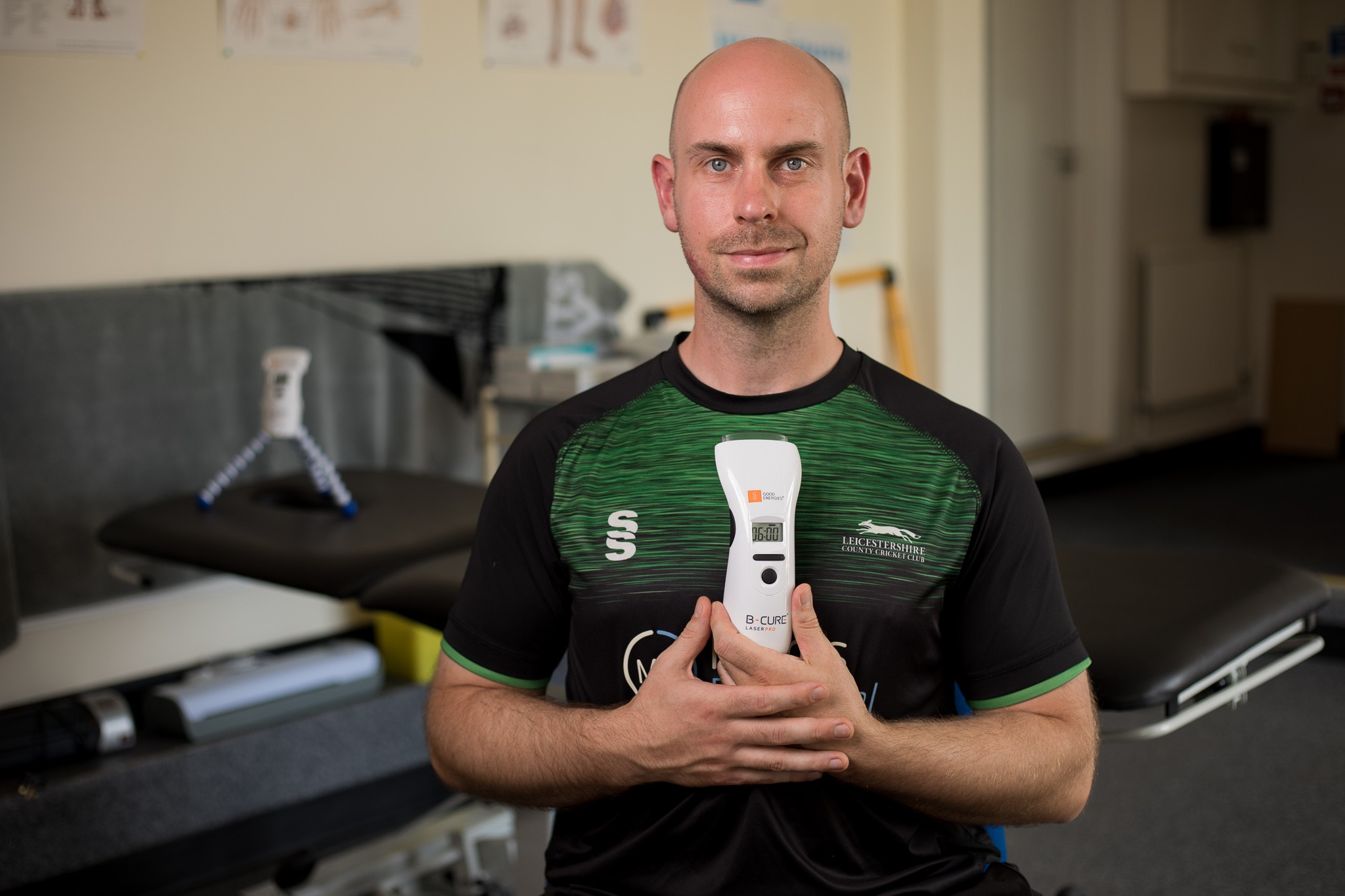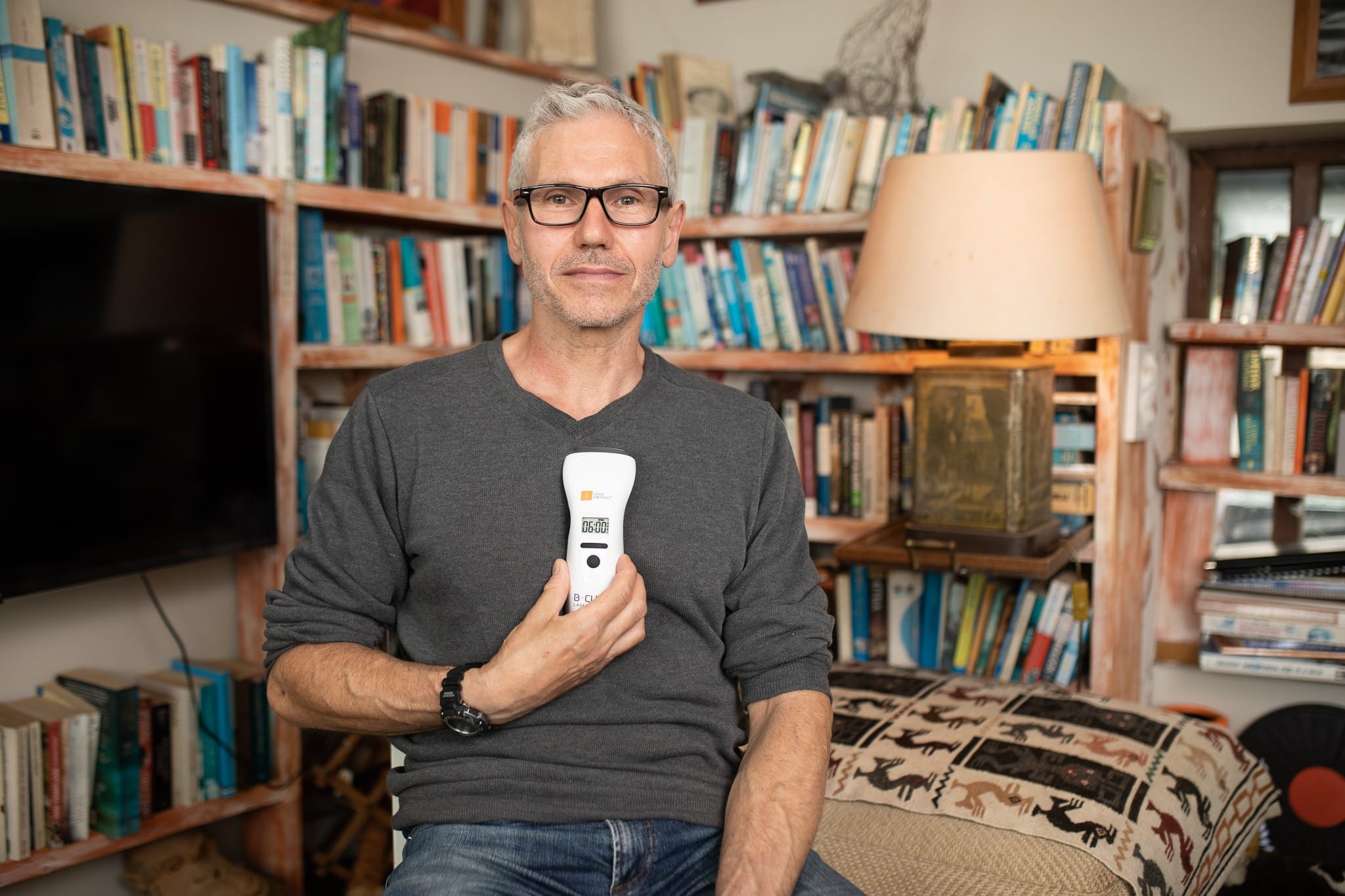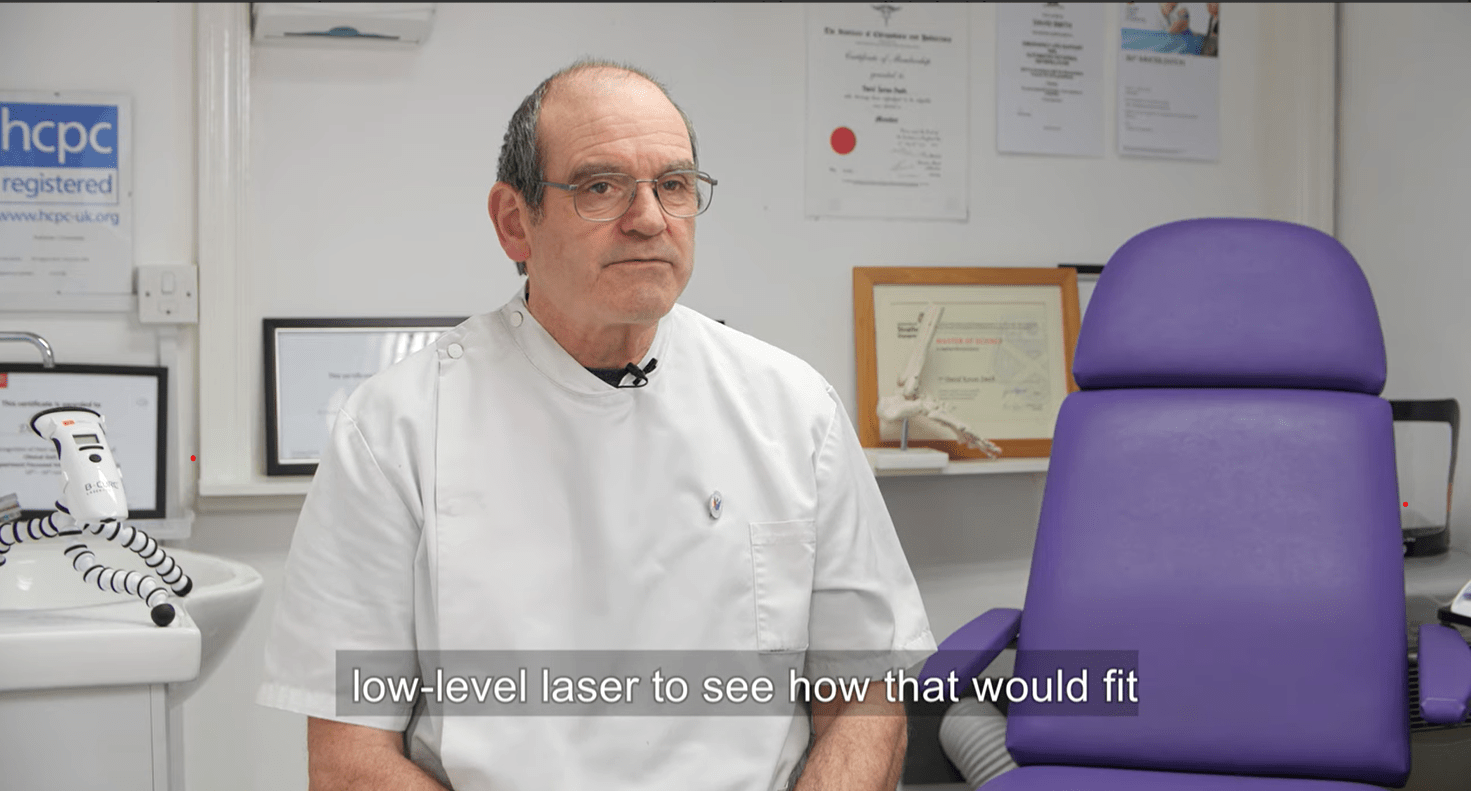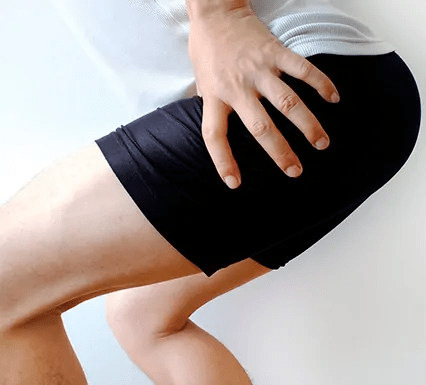
Causes of Hip Pain
Hip pain can originate from various musculoskeletal issues. It may be caused by a slipped disc, nerve pressure (such as on the sciatic nerve), chronic injury or trauma to the hip joint, or overstretching or tearing of the hip ligaments, tendons, or muscles.
Common and Rare Injuries of the Hip Joint and Treatment Options
The hip joint can withstand repeated motion and a large amount of wear and tear. Hip pain is a common symptom that can be described as aching, sharp or burning, and can range in intensity from mild to severe. There are many possible causes of hip pain ranging from serious sources such as fracture or infection, to causes that are less serious although still potentially debilitating such as arthritis and bursitis.
Bursitis
Bursae are fluid-filled sacs located between tissues such as bones, muscles, and tendons. They reduce friction from these tissues rubbing together. When bursae become inflamed, they can cause pain. This inflammation, known as bursitis, typically results from repetitive activities that overwork or irritate the hip joint.
Hip Fractures
As we age, bones can become weak and brittle, increasing the likelihood of fractures during a fall.
Other common injuries include dislocations, hip labral tears, inguinal hernias, sprains, and tendonitis.
Arthritis
Arthritis, including osteoarthritis and rheumatoid arthritis, is one of the most common causes of hip pain, especially in older adults, leading to inflammation of the hip joint and the breakdown of essential cartilage necessary for smooth joint movement. The pain typically worsens over time, and individuals with arthritis often experience a reduced range of motion in the hip.
Other types of arthritis that can affect the hip include juvenile idiopathic arthritis, psoriatic arthritis, and septic arthritis, as well as conditions causing referred pain.

Sciatica
The sciatic nerve is the longest nerve in the body, extending from the nerve roots of the L4-L5 vertebrae, through the pelvis and buttocks, down the back of the leg to the foot. Pressure on the nerve or its roots, whether from structural issues like osteoarthritis or a slipped disc, or from injuries like muscle spasms or back injuries, can cause pain that radiates along the nerve. Often, this pain is felt in the buttocks and radiates toward the side and rear of the hip.
Use B-Cure Laser for the treatment of hip pain
Using the B-Cure Laser for treating hip pain has been successful in many cases, providing significant relief for chronic pain and addressing the underlying inflammation.
The B-Cure Laser is effective in pain treatment. The device helps reduce inflammation, pain, and swelling.
The B-Cure Laser offers breakthrough laser therapy, delivering the power of professional clinic-grade lasers in a lightweight, portable device that can be used comfortably at home.
The treatment is safe, effective, and can provide lasting pain relief.
The B-Cure Laser harnesses advanced laser technology for its restorative power.
The B-Cure Laser should be placed in contact with the skin, allowing photon energy to penetrate the tissues. This stimulates the body to produce adenosine triphosphate (ATP), which carries energy within the cells. ATP interacts with various biomolecules inside the cells, promoting normal cell function and enhancing the body’s natural processes.
Video: How to use B-Cure Laser? Instructions for use
Patients recover more quickly from muscular, skeletal, and nerve injuries as cells regenerate faster and function better.
Research has shown that using the B-Cure Laser for painful hip conditions provides cells with more energy to perform their functions effectively.
Therapeutic effects of Low-Level Laser Therapy (LLLT) include:
- Increased production of ATP (Adenosine Triphosphate)
- Increased cellular metabolism
- Increased collagen production
- Increased enzyme production
- Increased protein synthesis
- Improved blood circulation
- Improved lymphatic flow and drainage
- Reduced inflammation
All of this enhances the body’s natural healing capabilities, addressing the underlying causes of pain and delivering fast relief.
Video: How does it work? Technology & innovation
The B-Cure Laser stands out with its beam covering a surface area of 4.5 cm², facilitating easy, effective, and rapid treatment of various painful conditions. It is safe for all ages and does not necessitate protective eyewear during use.
What Are the Benefits of B-Cure Laser for the treatment of hip pain?
- May reduce chronic pain
- Non-invasive and non-surgical treatment
- Suitable for all ages
- No known side effects
- Clinically proven by many studies
- Easy and safe for home use
Videos: Professional Recommendations
Treatment Ptotocol for Hip Pain
Place the device over the painful vertebrae along the spine for 8 minutes.
For sciatic nerve treatment due to a bulging or herniated disc, position the device on vertebrae L4 and L5, even if there is no pain at these points. Typically, these vertebrae are the root of the issue. Treat each point for 8 minutes.
For hip joint treatment, apply the device along the length of the hip joint for 8 minutes and then across the width of the hip joint for another 8 minutes. Also treat the connecting points between the hip and knee. In cases of injury or trauma, start treatment as soon as possible following the injury, applying for 6-8 minutes at each treatment point, twice daily. For chronic pain, start with a 1.5-minute dose at each treatment point and increase by 30 seconds each day until reaching 6-8 minutes per point, twice a day.
To make it more convenient, use the adjustable stand to stabilize the device and treat without moving, allowing the laser beam to penetrate deeply into the tissues.
For optimal results, perform the treatment at least twice daily.
To learn more about other health conditions that the B-Cure Laser can help manage, please visit our Treatment Guide page.



